Introduction
Kamakhya Mandir, also known as Kamakhya Temple, is one of the most revered shrines of Hinduism. Located on the Nilachal Hill in Guwahati, Assam, it is dedicated to the goddess Kamakhya, who is considered to be the embodiment of desire, fertility and creative power. Kamakhya Mandir is also the center of the Kulachara Tantra Marga, a branch of Tantric Shaivism that emphasizes the worship of Shakti, the divine feminine energy.
Table of Contents
The History and Legend of Kamakhya Mandir
The origin and history of Kamakhya Mandir are shrouded in mystery and myth. According to some sources, the temple was originally a Kirata shrine, belonging to the indigenous tribes of Assam, who worshipped Kamakhya as a mother goddess. The temple remained outside the Brahmanical influence until at least the 7th century CE, when it was assimilated into Hinduism by the Pala dynasty.
According to another legend, Kamakhya Mandir is one of the 51 Shakti Peethas, or places where the body parts of Sati, the first wife of Shiva, fell after she immolated herself in her father Daksha’s sacrificial fire. It is said that Sati’s yoni, or womb, fell at this spot, and hence Kamakhya Mandir is also known as Yoni Peetha, or the seat of the yoni.
The temple complex was destroyed by Muslim invaders in the 16th century, and was rebuilt by the Koch king Nara Narayan in 1565 CE. The temple underwent further renovations and expansions by the Ahom kings in the 17th and 18th centuries.
How to reach Kamakhya Mandir
Kamakhya Mandir is easily accessible by road, rail and air. The nearest airport is Lokpriya Gopinath Bordoloi International Airport, which is about 20 km away from the temple. The nearest railway station is Kamakhya Junction, which is about 6 km away from the temple. The temple can also be reached by buses, taxis and autorickshaws from various parts of the city.
Sure, here are the ways to reach Kamakhya Temple from major cities in India:
- By Air: The nearest airport to Kamakhya Temple is Guwahati Airport, which is around 25 kilometers away. There are regular flights from Delhi, Kolkata, and other major cities to this airport. Once you reach the airport, you can take a taxi or bus to Kamakhya Temple.
- By Rail: The nearest railway station to Kamakhya Temple is Kamakhya Railway Station, which is located in the town of Kamakhya itself. Trains from major cities like Guwahati, Kolkata, and Chennai stop at this station.
- By Road: Kamakhya Temple is well-connected by road to major cities in Assam and other parts of India. You can take a bus or a taxi to Kamakhya Temple from Guwahati, Shillong, and other nearby cities.
Here are the approximate travel distances and times from some major cities in India to Kamakhya Temple:
| City | Distance (km) | Travel time (hrs) |
|---|---|---|
| Guwahati | 25 | 0.5 |
| Kolkata | 550 | 8 |
| Delhi | 1,450 | 20 |
| Shillong | 200 | 3 |
| Amritsar | 1,150 | 17 |
Please note that the travel time may vary depending on the mode of transport you choose and the weather conditions.
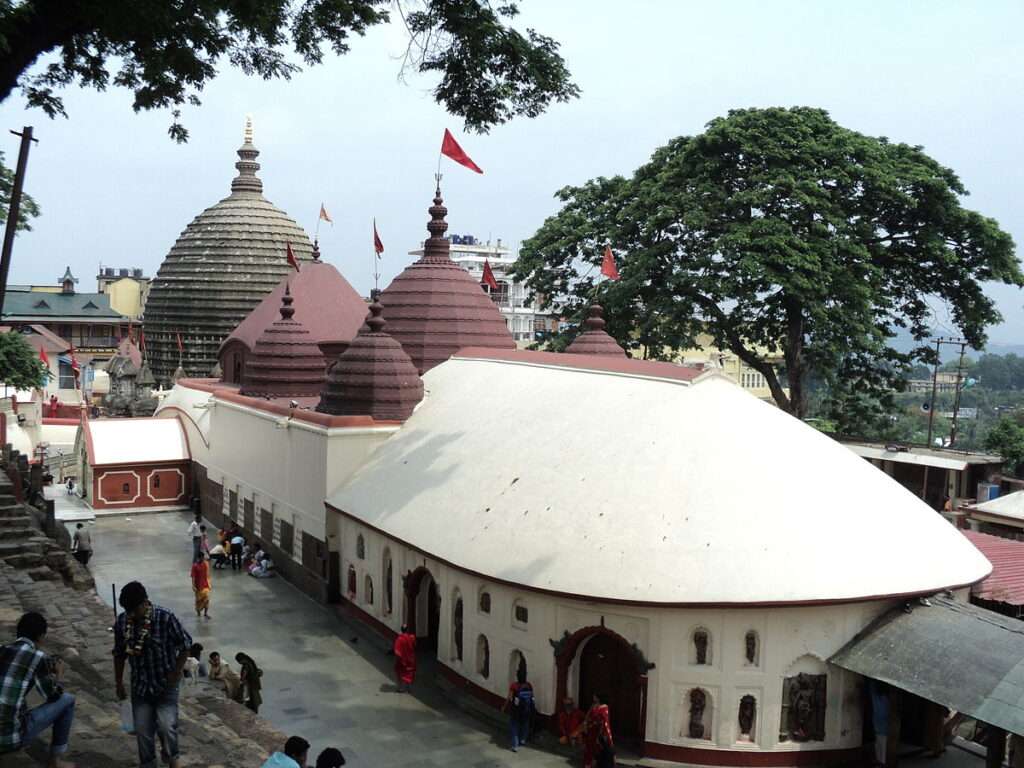
The Architecture and Structure of Kamakhya Mandir
Kamakhya Mandir is a unique example of a fusion of Nagara (North Indian) and Saracenic (Mughal) styles of architecture. The temple has a beehivelike shikhara, or spire, with floral and geometric motifs. The temple complex consists of six temples dedicated to different forms of Shakti: Kamakhya, Kali, Tara, Bhuvaneshwari, Bagalamukhi and Chinnamasta.
The main temple of Kamakhya has four chambers: garbhagriha (sanctum sanctorum), calanta (a square hall with several doors), pancharatna (a hall with five sections) and natamandira (a rectangular hall with an idol of Nandi). The garbhagriha houses the main object of worship: a stone shaped like a yoni that is constantly moistened by a natural spring. There is no image or idol of Kamakhya in the temple; instead, she is worshipped in her abstract form as the source of life.
The Worship and Rituals of Kamakhya Mandir
Kamakhya Mandir is a hub of various rituals and practices related to Shakti worship and Tantrism. The temple attracts devotees from all over India and abroad, who seek blessings for various aspects of life such as marriage, childbirth, health, wealth and spiritual growth. The temple also attracts Tantric practitioners who perform esoteric rites involving mantras, yantras, mudras and offerings.
The most important festival celebrated at Kamakhya Mandir is the Ambubachi Mela, which occurs in June or July every year. It marks the annual menstruation of Kamakhya, which is considered to be a symbol of her fertility and power. During this time, the temple remains closed for three days, as it is believed that the goddess goes through her period. On the fourth day, the temple reopens and devotees throng to receive prasad (sacred offerings) made of cloth soaked in the bloodlike water from the yoni stone.
Other festivals celebrated at Kamakhya Mandir include Navaratri (nine nights of worshiping different forms of Shakti), Durga Puja (honoring Durga as the slayer of Mahishasura), Kali Puja (worshiping Kali as the destroyer of evil) and Manasha Puja (worshiping Manasha as the goddess of snakes).
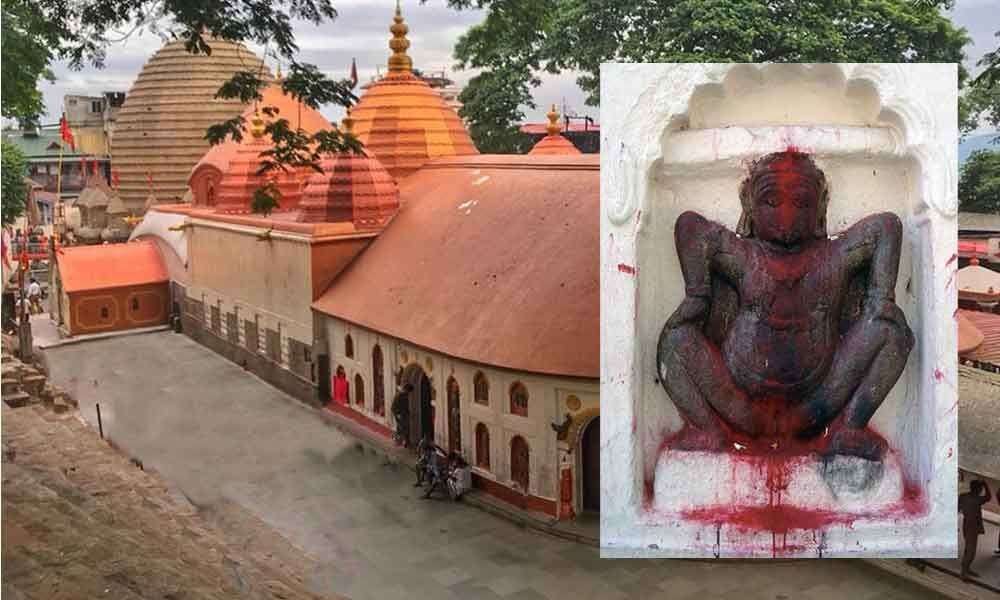
Nearby Attractions
Kamakhya Mandir is not only a religious destination, but also a cultural and natural one. There are many other attractions near the temple that can be visited by tourists and pilgrims. Some of them are:
Umananda Temple: A temple dedicated to Shiva on an island in the Brahmaputra river, accessible by ferry.
Bhubaneswari Temple: A temple dedicated to Bhuvaneshwari, another form of Shakti, on the Nilachal Hill, offering a panoramic view of the city.
Navagraha Temple: A temple dedicated to the nine planets, located on the Chitrachal Hill.
Assam State Museum: A museum showcasing the history, culture and art of Assam, located in the heart of the city.
Guwahati Zoo: A zoo housing various animals and birds, located in the Hengrabari Reserve Forest.
Mostly Asked Questions
Sure, here are the answers to your questions about the Kamakhya Temple:
- What is special about Kamakhya Temple?
The Kamakhya Temple is one of the most important Shakti Peethas in India. It is dedicated to the goddess Kamakhya, who is a form of Shakti. The temple is located on the Nilachal Hill in Guwahati, Assam.
The temple is special because it is believed to be the place where Sati’s yoni (genitals) fell after she immolated herself in protest of her father’s disrespect towards her husband, Shiva. This makes the temple a sacred place for women, and it is also a popular pilgrimage destination for Tantric practitioners.
- How much time required for Kamakhya Darshan?
The time required for Kamakhya Darshan depends on the time of year and the number of people visiting the temple. During the peak season, it can take several hours to get darshan. However, during the off-season, it is possible to get darshan in a matter of minutes.
- What happens inside Kamakhya Temple?
The main shrine of the Kamakhya Temple is a cave that is believed to house the yoni of Sati. The cave is located underground, and it is only accessible to men who have undergone a special purification ritual.
Women are not allowed to enter the cave, but they can worship the goddess from outside. The temple also has a number of other shrines dedicated to other Hindu deities.
- Can anyone visit Kamakhya Temple?
Anyone can visit the Kamakhya Temple, but there are some restrictions. For example, non-Hindus are not allowed to enter the main shrine. Additionally, people who are menstruating are not allowed to enter the temple.
- Can couples go to Kamakhya Temple?
Yes, couples can go to the Kamakhya Temple. However, they should be aware of the restrictions that apply to women.
- Can I enter Kamakhya Temple during periods?
No, women who are menstruating are not allowed to enter the Kamakhya Temple. This is because the temple is dedicated to the goddess Shakti, who is a symbol of fertility and purity.
- Who are not allowed in Kamakhya Temple?
In addition to non-Hindus and women who are menstruating, there are a few other people who are not allowed in the Kamakhya Temple. These include people who are intoxicated, people who are carrying weapons, and people who are wearing shoes.
- Is Kamakhya Temple very crowded?
The Kamakhya Temple can be very crowded, especially during the peak season (April-June). If you are planning to visit the temple during this time, it is advisable to go early in the morning or late in the evening to avoid the crowds.
- What is the price of red cloth in Kamakhya Devi?
The price of red cloth in Kamakhya Devi varies depending on the size and quality of the cloth. However, you can expect to pay around ₹100-200 for a piece of red cloth.
- Which day is good for Kamakhya Temple?
Any day is good to visit the Kamakhya Temple. However, if you are looking for a specific day, you may want to consider visiting the temple on a Tuesday or Friday. These days are considered to be auspicious for visiting the temple.
- Is mobile allowed in Kamakhya Temple?
Mobile phones are not allowed in the Kamakhya Temple. This is because the temple is a sacred place, and it is considered to be disrespectful to use electronic devices in the temple.
- Why is Kamakhya Sindoor important?
Kamakhya Sindoor is a type of vermilion that is believed to have special powers. It is said that wearing Kamakhya Sindoor can bring good luck, prosperity, and fertility.
Kamakhya Sindoor is made from a mixture of red ochre, saffron, and other herbs. It is believed that the herbs in the sindoor have special powers that can help to attract positive energy.
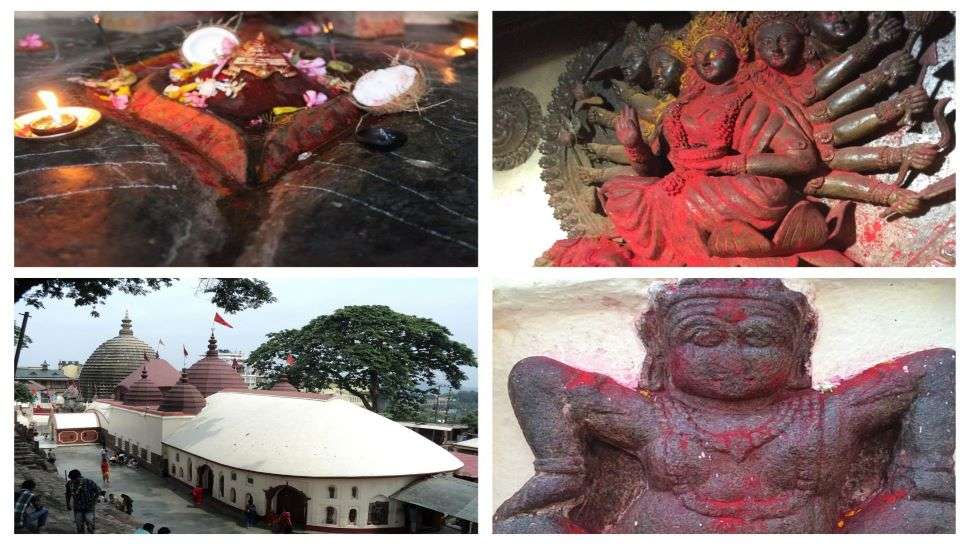
Frequently asked questions
What are the timings of Kamakhya Mandir?
The temple remains open from 5:30 am to 7:30 pm every day. However, the temple door opens after 8:00 am for devotees. The timings may vary depending on the day and special occasions.
What are the dress code and rules of Kamakhya Mandir?
There is no strict dress code for visiting Kamakhya Mandir, but it is advisable to wear decent and respectful clothes. Leather items such as belts, shoes and bags are not allowed inside the temple. Photography and videography are also prohibited inside the temple. Devotees are expected to maintain silence and cleanliness inside the temple premises.
What are the offerings and donations at Kamakhya Mandir?
Devotees can offer various items such as flowers, fruits, sweets, incense, lamps, coconuts, red cloth and sindoor (vermilion) to the goddess. They can also donate money or gold to the temple trust for the maintenance and development of the temple. The donations can be made online or offline through various modes.
Conclusion
Kamakhya Mandir is a unique and fascinating temple that showcases the diversity and richness of Hinduism. It is a place where one can experience the power and grace of Shakti, the divine feminine energy that pervades the universe. It is also a place where one can learn about the ancient and mysterious Tantric practices that aim to achieve union with Shiva, the supreme consciousness. Kamakhya Mandir is a mustvisit destination for anyone who wants to explore the spiritual and cultural heritage of Assam.
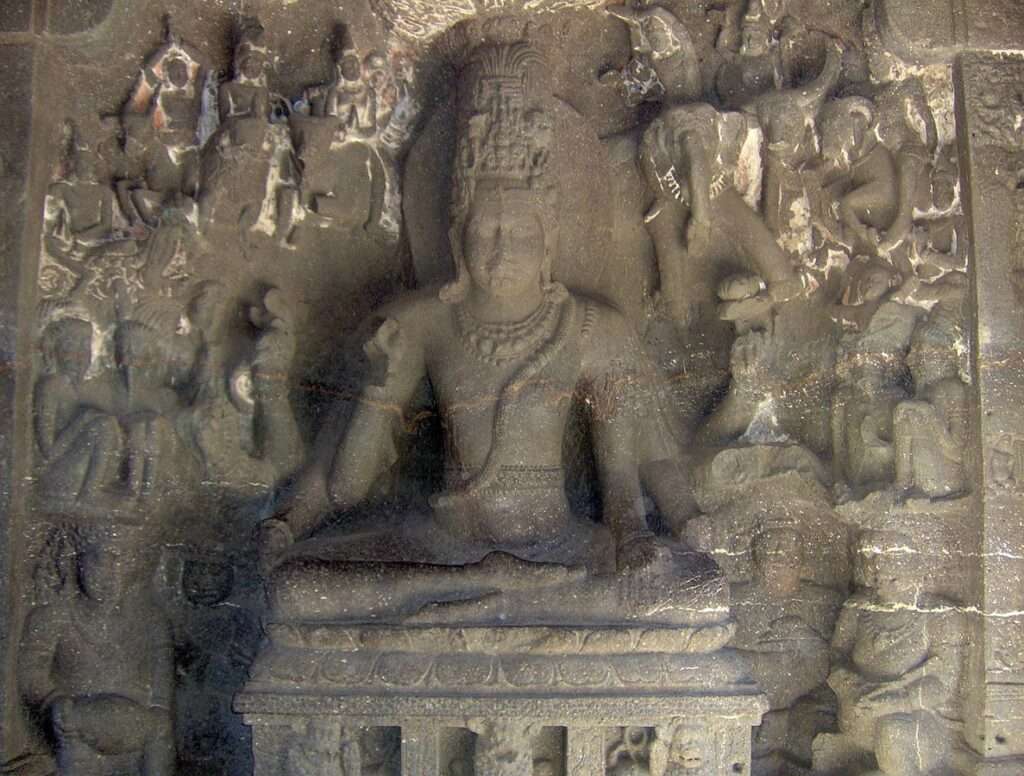
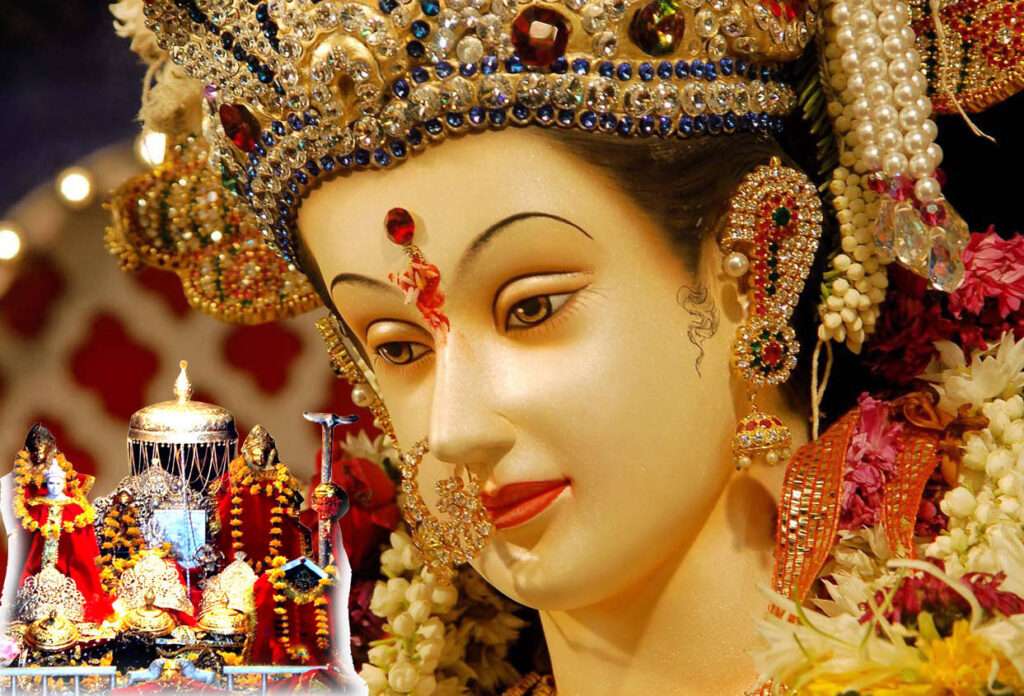
Pingback: Hinglaj Mata Mandir: A Powerful Shakti Peetha in Pakistan - vedmiracles
Pingback: Kanchi Kamakshi Temple: Hsitory, How to Reach, Timings - vedmiracles